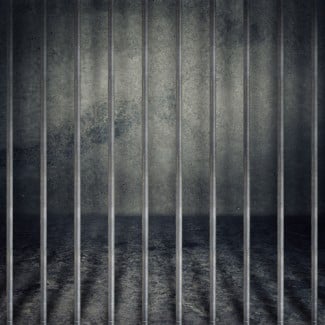Less crack, more Prozac: Blog reviews 'not entirely crazy' theories explaining crime drop

Photo from Shutterstock.
There is little agreement on the reasons for the drop in the crime rate that began in the 1990s and produced a 40-year low in the homicide rate in 2010.
The Marshall Project reviews the theories and lists 10 that are “not entirely crazy.” Here are five of those theories:
1. Legalized abortion. The theory was that a drop in unwanted babies led to better parenting and fewer juvenile delinquents. The theory has since been discredited, according to Richard Rosenfeld, chairman of a National Academy of Sciences roundtable on crime trends. He tells the Marshall Project that violent crime continued to rise even after youths born after the legalization of abortion reached their teens and early 20s. Statistics from other nations also show little relationship between legalized abortion and lower crime rates.
2. Increased use of antidepressants and medication to combat attention deficit hyperactivity disorder. Rosenfeld finds the idea fascinating that happier and calmer youths committed fewer crimes, but he says the link is not proven.
3. The phase-out of lead paint. Exposure to lead paint can cause aggressive behavior and cognitive delays. Again, Rosenfeld says the theory is unproven.
4. Low inflation. The theory that crime increases when the economy tanks didn’t prove true during the 2008 recession, when crime rates remained low. An alternate theory is that high inflation is linked with high crime and low inflation with low crime. Another theory, deemed an “intriguing hypothesis” by Rosenfeld, is that African-Americans remained confident in the economy during the recent downturn because their spirits were buoyed by the presidency of Barack Obama. That confidence helped keep crime rates down, the theory goes.
5. Immigration. One expert has noted that cities with more immigrants from Central America experienced greater decreases in crime than other cities. The theory is that upwardly mobile immigrants arrived in high-poverty neighborhoods, spurring more artists and professionals to arrive, having a positive effect on less-well-off people who live there.
The article discusses other more mainstream theories, such as the decline in the crack epidemic, the increase in the incarceration rate, and better policing.



